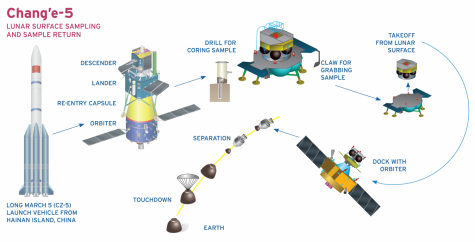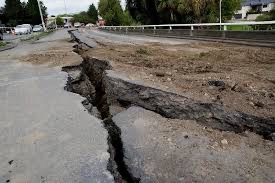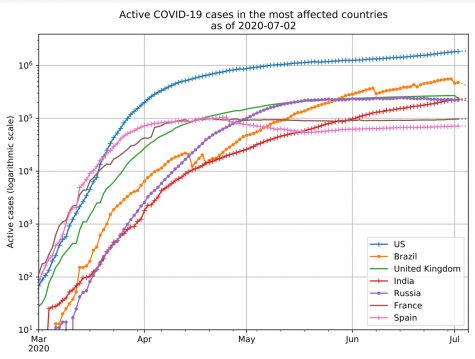China’s Chang’e-5 Spacecraft Mission

There hasn’t been a lunar sample-return mission since 1976, 44 years ago. China recently launched its Chang’e-5 spacecraft on a mission to retrieve new, fresh samples of the moon’s surface, gain new knowledge of the moon’s geographic history, and create a new milestone.
According to an article by SPACE.com, China’s Chang’e-5 spacecraft successfully landed on the moon at approximately 7:11 a.m. PST on December 1st of 2020.
“The intention is to package about 2kg [or around 4.4 lbs.] of ‘soil’, or regolith, to send up to an orbiting vehicle that can then transport the samples to Earth,” stated BBC News in an article. “[The last sample mission was] the Soviet Luna 24 mission [in 1976], which picked up just under 200g.”
China makes a new milestone with the Chang’e-5 lunar sample mission.
As specified by BBC.com, American Apollo astronauts and the Soviets’ robotic Luna programme had collected a total of about 400kg. The samples were at least three billion years old. Whereas the Mons Rümker (a volcanic formation on the moon) materials are only from sometime around 1.2 or 1.3 billion years old.
The new samples would help scientists discover more about the geology and history of the moon.














![[ credit to pixabay.com for this image.]](https://parkspantherpress.com/wp-content/uploads/2020/12/AFFD2593-708A-49FA-96A4-A0F4FE4A10A0_4_5005_c-475x317.jpeg)